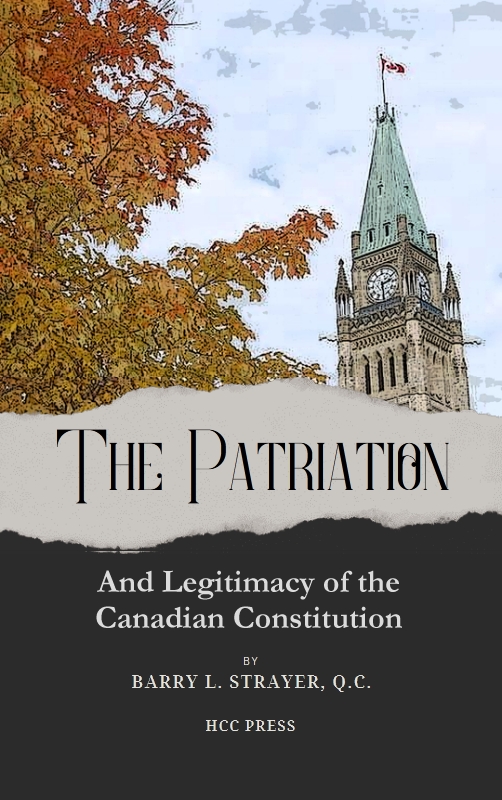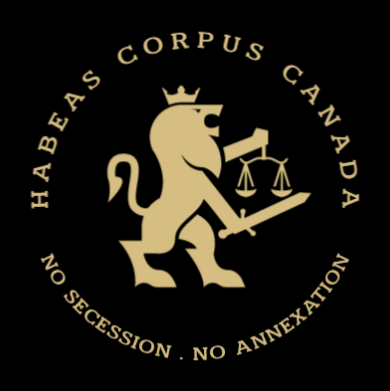Cronkite Lectures 1982
Patriation and Constitutional Legitimacy
B. L. Strayer, Q.C.
Lecture II
In my first lecture I talked about the nature of legal and political legitimacy for a constitution. I then traced through Canadian history something of the quality and location of these forms of legitimacy in the development of our own constitution. I suggested that from Confederation until 1982 the source of legal legitimacy has always been seen as the United Kingdom Parliament. On the other hand, the source of political legitimacy has shifted somewhat. In 1867 the country was thrown together without direct consultation of the population and without specific approval from any of the colonial legislatures for the final Confederation scheme. A good deal of the political will actually came from the government and Parliament of the United Kingdom. During the rest of the nineteenth century, however, it became clearly established that political legitimacy for further constitutional change would have to be found in Canada. In the twentieth century it became further accepted that political will in Canada for constitutional change would have to come not only from the Government and Parliament in Ottawa but also, in some cases, from provincial governments and possibly from provincial legislatures as well.
It was against this background that in October, 1980, the federal government introduced a Resolution in the Senate and the House of Commons, proposing a Joint Address to Her Majesty to request that legislation be placed before the United Kingdom Parliament to patriate the Canadian constitution — that is, to terminate the authority of the United Kingdom Parliament to amend our constitution and to provide us with a Canadian amending procedure. There also was to be a request for the enactment by Westminster of a Charter of Rights and Freedoms and a few other amendments to the Canadian constitution. As matters developed, two provinces — Ontario and New Brunswick — supported the federal government in this initiative, but the other eight provinces all ultimately opposed it. The history is familiar to you. After lengthy consideration by a Joint Parliamentary Committee on the constitution and considerable debate in the House of Commons, further action in Parliament was postponed until the Supreme Court of Canada had the opportunity to hear appeals from three provincial courts concerning the validity of this patriation and amendment process. The Supreme Court in September, 1981, found the process to be legal but unconstitutional — that is, in

